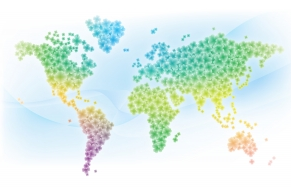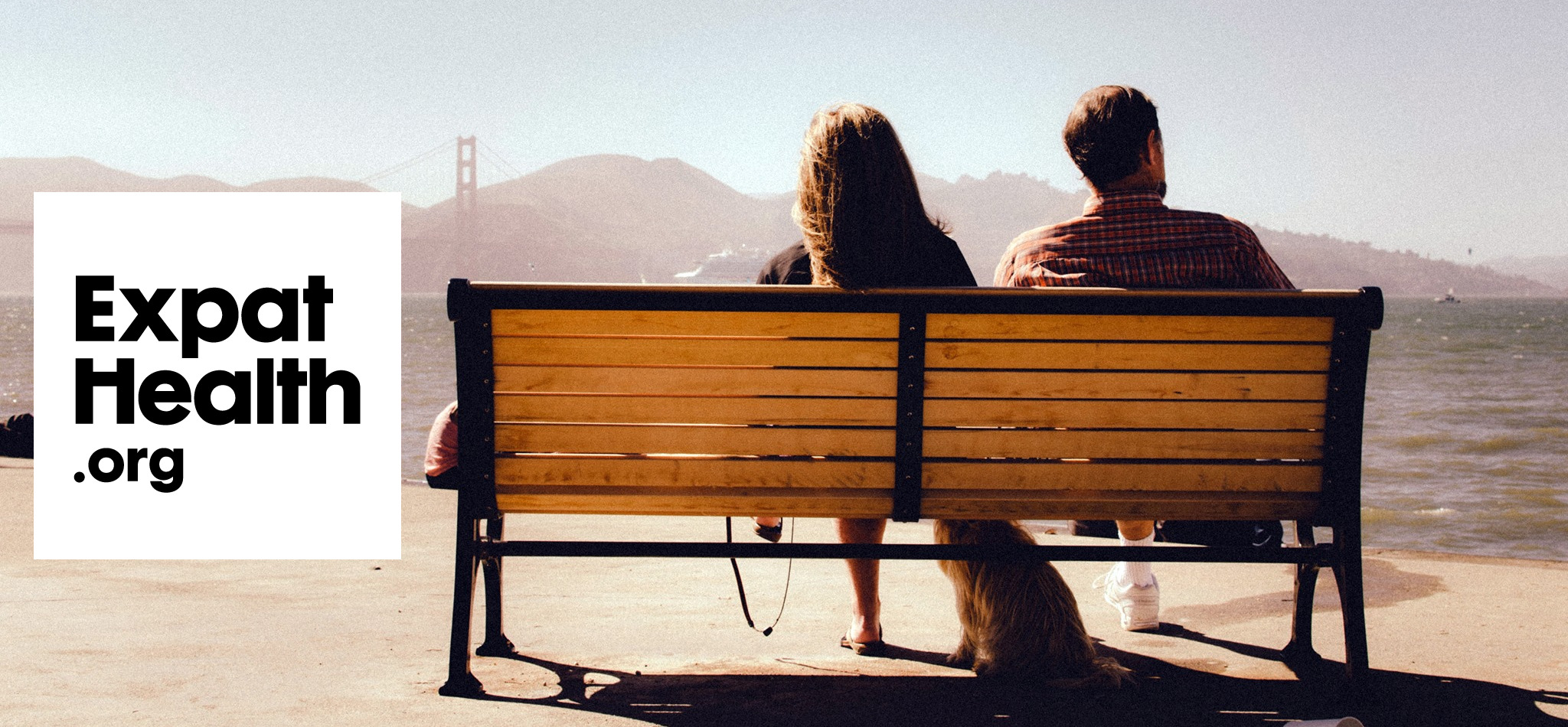
HealthMap 2013 rates countries on their medical threats to help employers better assess the risk for employees.
The fourth annual HealthMap has been released by International SOS. The map is designed to help companies understand the health risks in areas they operate and pre-empt any threats to their employees.
HealthMap rates risk in five categories, “low”, “medium”, “medium & high”, “high”, and “extreme”. The categories rate the risk of infectious disease, hygiene and sanitation, accidents, and the availability and quality of local healthcare.
“The higher the country’s medical risk, the more intervention is required. Preparation includes: understanding the quality of local medical services, disease risks, vaccination requirements, food and water precautions and how to best manage your chronic conditions,” says Dr Doug Quarry, medical director, International SOS.
In a recent analysis, International SOS found significant travel to areas with more medical risk. Nearly a quarter (23%) of business travellers are going to destinations with a “medium & high”, “high”, or “extreme” risk rating.
Since the 2012 HealthMap, Syria and Libya have seen an increase in their risk, now rated “extreme”, due to political uprisings and instability. Improvements in infrastructure and services in French Guiana have improved its rating, now judged as a medium medical risk. Many doctors there are trained in France or Martinique, though the risk of malaria and dengue fever still persist.
BRIC countries
The BRIC countries, Brazil, Russia, India and China, continue to see annual growth in business travellers. Over 10% of all trips are made to the BRIC nations. BRIC countries fall into “medium & high” risk category. There is a disparity between the level of care across the countries. Facilities in major cities may be of a high-standard not available in the rest of the country.
Higher risk = more evacuations
A recent study in the Journal of Occupational and Environmental Medicine shows expats living and working in a “high” medical risk country are six times more likely to be hospitalised and more than 23 time more likely to be medically evacuated than those in a “low” risk country.
The study’s authors hypothesise a lack of local medical resources, the presence of endemic disease and hazardous work contribute to this significant increase in risk. The study also reveals that in ‘high’ medical risk countries, 48% of people hospitalised for any reason will require medical evacuation. In ‘Extreme’ risk countries, this risk increases to 79%.
Dr Quarry says, “‘High’ and ‘Extreme’ risk destinations compel organisations to employ comprehensive tactics to pre-empt risk. For example, pre-departure health screenings can help identify and treat conditions such cardiac or gastro-intestinal illnesses. You don’t want to have a heart attack in a location with a poorly equipped hospital.”
HealthMap 2013 is a tool to help organisations monitor and manage the medical health risks to employees, hopefully with the goal of “better containing human and financial costs”, added Dr Quarry.
